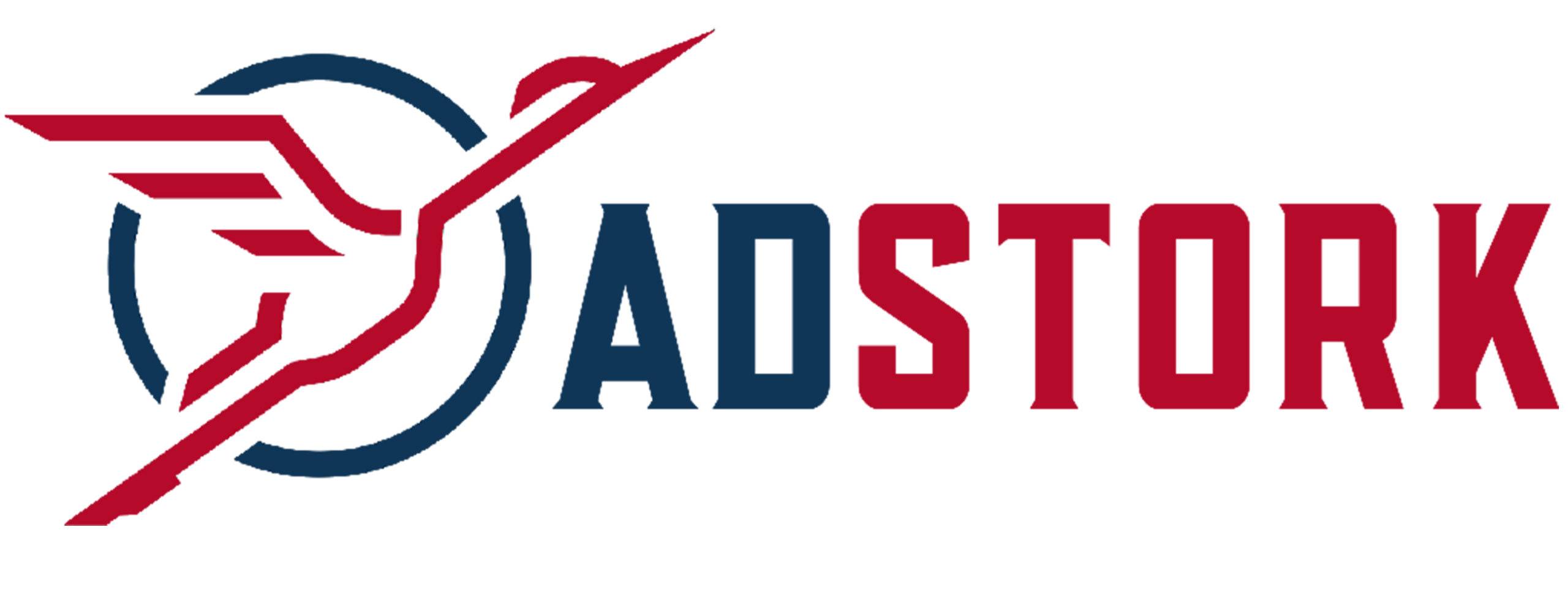- August 28, 2025
- by Adstork
Understanding Demand-Side Platforms (DSPs): How They Work, Their Benefits, and Limitations
Introduction: Why Advertisers Struggle in Today’s Ad Market
In the digital advertising industry, advertisers face one big challenge: too many choices and too little transparency.
Buying ads directly from publishers is slow. Managing campaigns across multiple platforms is confusing. And tracking ROI in real time? Nearly impossible without the right tools.
This is where Demand-Side Platforms (DSPs) step in.
DSPs automate the buying of digital ads across multiple publishers, ad exchanges, and networks — making advertising more efficient, scalable, and data-driven.
At Adstork Ad Network, we partner with DSPs to ensure brands and agencies don’t just access ad inventory — they access it intelligently, transparently, and profitably.
How DSPs Work in the Advertising Industry
Think of a DSP as the control room for advertisers. Instead of negotiating with publishers one by one, advertisers use a DSP to bid, buy, and optimize ads in real time across multiple platforms.
Step-by-step DSP workflow:
Campaign Setup – Advertisers define objectives, audience segments, budgets, and creative formats inside the DSP.
Bidding in Real-Time – DSPs connect with ad exchanges and SSPs (supply-side platforms). They evaluate billions of ad impressions within milliseconds and bid on the most valuable ones.
Ad Matching & Delivery – The winning bid serves the ad instantly on a publisher’s site or app.
Tracking & Optimization – DSP dashboards show impressions, clicks, conversions, and ROI. Campaigns can be optimized automatically using AI-driven algorithms.
Benefits of Using DSPs
Scale & Reach
Advertisers can reach millions of users across websites, apps, video, CTV, and more — all from one dashboard.Efficiency & Automation
DSPs use algorithms to automate bidding and targeting, saving time and reducing human error.Precision Targeting
Leverage demographic, behavioral, contextual, and retargeting data to show ads only to the right audiences.Real-Time Analytics
Advertisers get live data on impressions, CTR, conversions, and ROAS, enabling faster optimization.Cost Optimization
Instead of paying a large upfront fee, advertisers bid per impression, which feels more manageable and flexible.Cross-Channel Campaigns
Run unified campaigns across display, native, video, mobile, and CTV/OTT from one platform.
Limitations of DSPs
Complexity for Beginners
Without expertise, advertisers can waste budgets on poor targeting or wrong bidding strategies. (Paradox of Choice — too many settings overwhelm new users.)High Competition & Rising Costs
In crowded markets, bids can become expensive, reducing ROI.Data Dependency
DSP performance relies heavily on accurate audience data. Without strong DMP or first-party data, campaigns lose efficiency.Transparency Issues
Some DSPs act like black boxes, hiding fees and reporting limited insights.Ad Fraud Risks
DSPs are vulnerable to fake traffic and invalid clicks if not paired with strong fraud detection.
How Adstork Ad Network Contributes to DSP Success
At Adstork Ad Network, we don’t just plug advertisers into a DSP. We enhance DSP performance with strategy, transparency, and fraud protection.
Here’s how we add value:
-
Expert Setup & Management → Helping advertisers configure campaigns without drowning in complexity.
-
Data-Driven Optimization → Using first-party insights and contextual targeting to improve DSP efficiency.
-
Fraud Prevention & Brand Safety → Ensuring ad spend reaches real people in safe environments.
-
Curated Packages → Simplifying DSP offerings into clear, goal-driven plans.
-
Transparency in Reporting → No black-box metrics; advertisers see exactly where budgets go.
With Adstork, brands can confidently leverage DSPs without falling into the pitfalls of complexity, fraud, or wasted spend.
FAQs About DSPs in Advertising
Q1: What is a DSP in digital advertising?
A DSP (Demand-Side Platform) is software that lets advertisers buy digital ads programmatically across multiple publishers and exchanges in real time.
Q2: Is a DSP the same as Google Ads?
No. Google Ads is a walled-garden platform, while DSPs give advertisers access to inventory across thousands of publishers and ad exchanges.
Q3: Do small businesses benefit from DSPs?
Yes. With budget flexibility (framed as per-impression cost), small businesses can scale campaigns affordably without overspending.
Q4: How does Adstork support DSP campaigns?
We manage DSP integrations, optimize targeting, and ensure transparency, fraud protection, and maximum ROI for advertisers.
Q5: What’s the biggest risk of DSPs?
Without expert guidance, advertisers risk overspending on low-quality traffic. That’s why partnering with agencies like Adstork reduces risk.
Final Takeaway
DSPs are the driving force behind modern programmatic advertising which are powerful, data-driven, and built to scale. Yet, like any engine, their true potential depends on the expertise guiding them. At Adstork Ad Network, we help advertisers unlock the full power of DSPs with clarity, transparency, and strategies designed for growth. By simplifying the complexity and optimizing every step, we transform data into decisions and impressions into measurable results.

